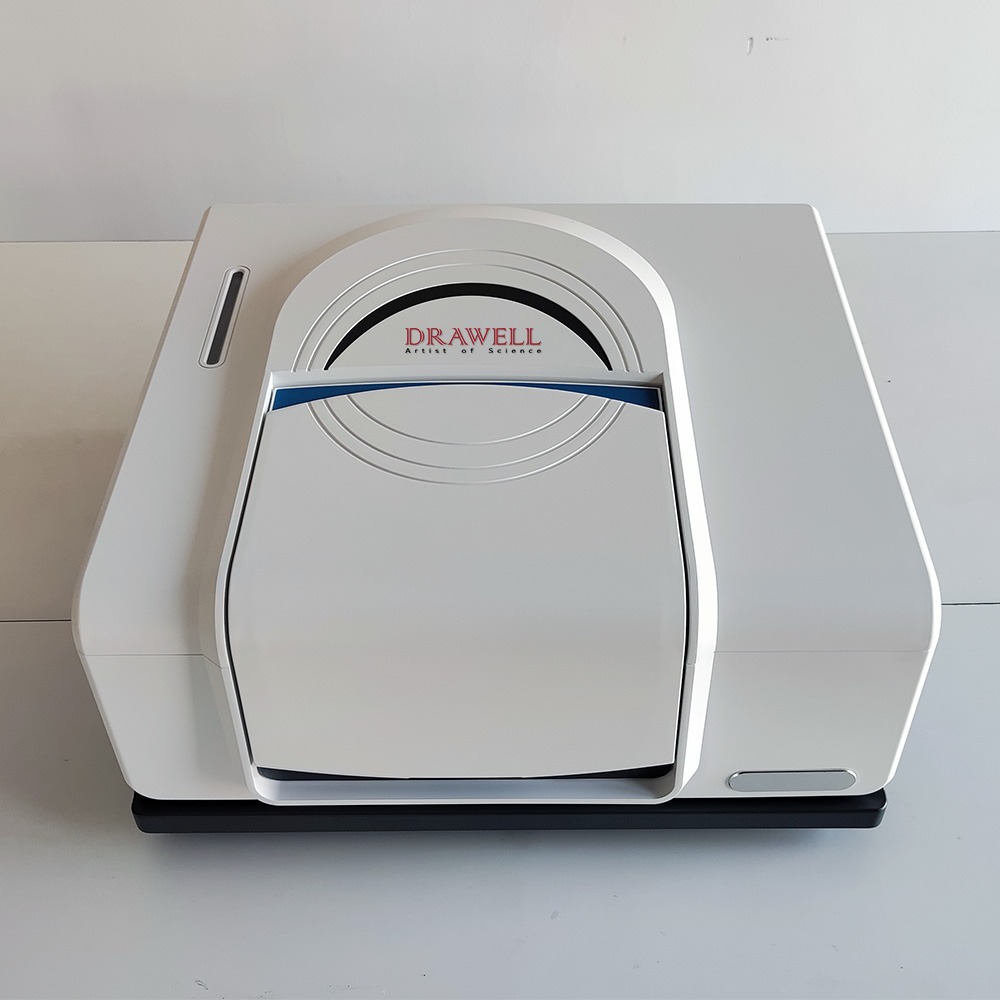FTIR (Fourier Transform Infrared) spectrophotometers are powerful analytical tools used in various scientific and industrial applications. They offer valuable insights into the composition, structure, and properties of a wide range of materials. This comprehensive article will delve into the working principle of FTIR spectrophotometers, explore their costs, and provide an in-depth guide to selecting the FTIR spectrophotometer.
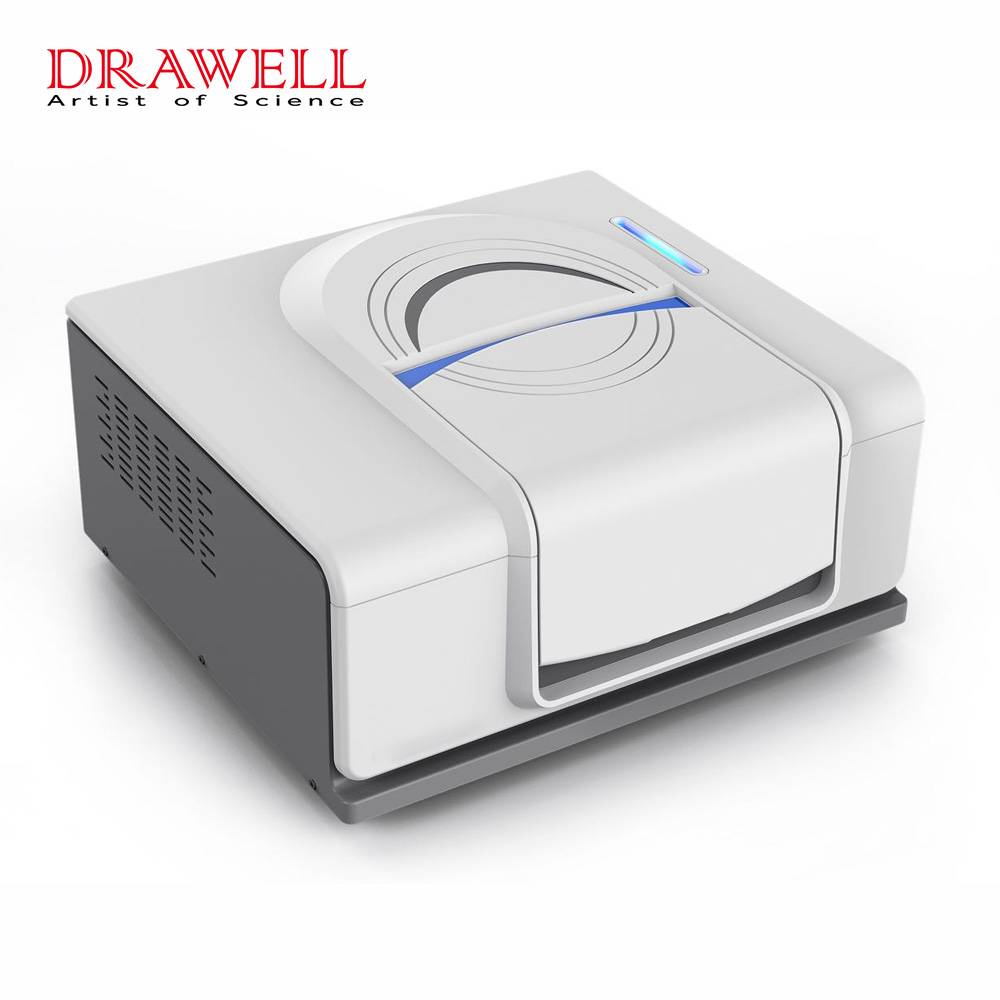
What are FTIR Spectrophotometers?
FTIR spectrophotometers are sophisticated instruments used to analyze the composition and properties of materials through the measurement of infrared radiation absorption. They have become indispensable tools in various scientific disciplines, including chemistry, materials science, pharmaceuticals, environmental science, and forensic analysis. Understanding the working principle of FTIR spectrophotometers is crucial to harnessing their capabilities effectively.
How does the FTIR Spectrophotometer work?
This section will explain the fundamental principles underlying FTIR spectrophotometry. It will cover the principles of Fourier Transform Infrared spectroscopy, interferometry, and the process of sample analysis and data processing. Key concepts such as absorption, transmittance, and wavenumber will be explained in detail.
1. Fourier Transform Infrared Spectroscopy
Fourier Transform Infrared spectroscopy lies at the heart of FTIR spectrophotometers. It utilizes the unique interaction between infrared radiation and matter to extract valuable information about the chemical composition and molecular structure of a sample. When a sample is exposed to infrared radiation, specific chemical bonds within the molecules absorb energy at characteristic frequencies, resulting in the generation of an absorption spectrum.
2. Interferometry and Fourier Transform
- Interferometry is a key technique employed in FTIR spectrophotometers to obtain high-resolution spectral data. A beam splitter splits the incoming infrared radiation into two paths: a reference beam and a sample beam. The sample beam passes through the sample, while the reference beam bypasses it. The two beams are then recombined, creating an interference pattern known as an interferogram.
- The interferogram is acquired using an interferometer, which consists of mirrors that control the path lengths of the beams. The interferogram contains information about the intensity of the infrared radiation as a function of the time delay between the two beams.
- The interferogram is subjected to a mathematical operation known as Fourier Transform. This mathematical technique converts the time-domain interferogram into a frequency-domain spectrum. The resulting spectrum represents the absorption of infrared radiation by the sample as a function of wavelength or wavenumber.
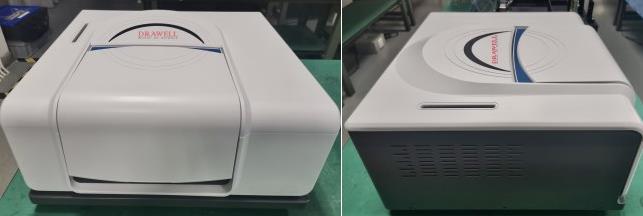
3. Sample Analysis and Data Processing:
- Once the Fourier Transform is performed, the resulting spectrum is a plot of infrared absorption intensity versus wavenumber. This spectrum contains peaks that correspond to specific molecular vibrations within the sample. By comparing these peaks to reference spectra or using spectral databases, researchers can identify the functional groups present in the sample and deduce its chemical composition.
- Data processing techniques such as baseline correction, noise reduction, and spectral subtraction are often applied to enhance the quality and accuracy of the FTIR spectra. Advanced data analysis methods such as peak fitting, spectral deconvolution, and multivariate analysis can provide further insights into complex samples.
- The resulting spectral data can be visualized as plots, graphs, or tables and can be used for qualitative and quantitative analysis. Various software packages are available to process, analyze, and interpret the FTIR spectra, making it a versatile tool for researchers and analysts.
- Understanding the working principles of FTIR spectrophotometers provides a solid foundation for utilizing these instruments effectively in a wide range of applications. The next sections of this article will delve into the cost considerations of FTIR spectrophotometers and provide an in-depth analysis of the Nicolet FTIR spectrophotometer.
Cost of FTIR Spectrophotometers
Now we will explore the factors influencing the cost of FTIR spectrophotometers. It will discuss the varying prices based on performance, features, and brand reputation. It will also address cost-effective options for different budgets and considerations to keep in mind while purchasing an FTIR spectrophotometer.
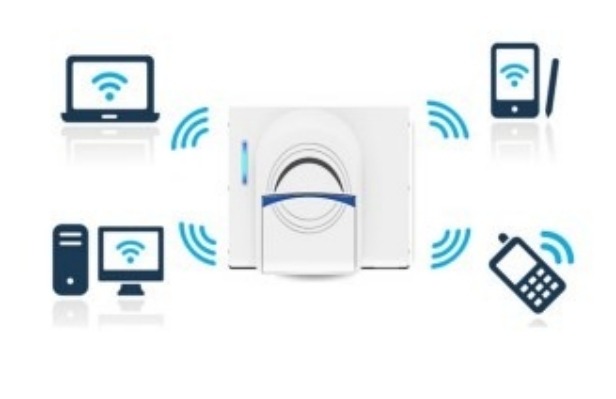
1. Factors Affecting the Cost
The cost of FTIR spectrophotometers can vary significantly depending on several factors. Understanding these factors is crucial for making informed decisions when considering a purchase. Here are some key factors that influence the cost of FTIR spectrophotometers:
- Performance Specifications: High-end FTIR spectrophotometers with advanced features, superior resolution, wider spectral range, and higher sensitivity tend to be more expensive than basic models with limited capabilities.
- Detector Type: The type of detector used in the spectrophotometer can impact its cost. Detectors such as mercury cadmium telluride (MCT) or indium antimonide (InSb) are more expensive than less sensitive detectors like pyroelectric detectors.
- Optical Components: The quality and complexity of the optical components, such as the beamsplitter, mirrors, and lenses, can affect the cost. Instruments with precision-engineered optical components tend to be more expensive.
- Software and Data Analysis: Advanced software packages with comprehensive data analysis capabilities and user-friendly interfaces can contribute to the overall cost of an FTIR spectrophotometer.
- Brand Reputation: Established brands with a reputation for high-quality instruments and excellent customer support often command higher prices compared to lesser-known brands.
- Accessories and Optional Features: Additional accessories, such as specialized sample holders, automated sampling systems, or attenuated total reflectance (ATR) attachments, can increase the overall cost. Optional features like variable temperature capabilities or sample imaging may also add to the price.
2. Cost-Effective Options
While high-end FTIR spectrophotometers may offer advanced features and performance, there are cost-effective options available for different budgets. Consider the following options to get the best value for your investment:
- Mid-Range Instruments: Mid-range FTIR spectrophotometers strike a balance between performance and affordability. They offer reliable performance, decent resolution, and a reasonable spectral range without the premium price tag associated with high-end models.
- Refurbished or Used Instruments: Refurbished or used FTIR spectrophotometers can be cost-effective alternatives. Reputable vendors or manufacturers often refurbish and calibrate pre-owned instruments, ensuring their functionality and reliability at a lower cost compared to new instruments.
- Entry-Level Models: Entry-level FTIR spectrophotometers cater to basic analysis needs and can be an economical choice for users with limited requirements. While they may have fewer advanced features, they still provide essential functionalities for routine analysis.
3. Budget Considerations
When considering the budget for an FTIR spectrophotometer, it is essential to assess the long-term benefits and cost-effectiveness. Here are some key budget considerations:
- Application Requirements: Evaluate the specific needs of your applications to determine the necessary performance specifications. This will help avoid overspending on unnecessary features.
- Return on Investment (ROI): Consider the potential ROI from the instrument. If the instrument significantly enhances productivity, improves data quality, or enables new research capabilities, it may be worth investing in a higher-priced model.
- Total Cost of Ownership: Besides the initial purchase cost, factor in ongoing costs such as maintenance, calibration, software updates, and technical support. It is crucial to choose a reputable manufacturer that provides reliable service and support to minimize long-term expenses.
- Future Upgradability: Assess the possibility of future upgrades and expansion options. Some instruments offer modular designs that allow for the addition of accessories or advanced features as requirements evolve, enabling cost-effective scalability.
- Warranty and Support: Check the warranty period and the level of technical support provided by the manufacturer. A comprehensive warranty and responsive technical support can save costs and ensure the longevity of the Spectrophotometer.
Choosing the Right FTIR Spectrophotometer
Selecting the right FTIR spectrophotometer involves considering various factors that align with your specific requirements. Here are key aspects to consider:
1. Application Specificity
Different applications have unique demands, and selecting an FTIR spectrophotometer that caters to your specific needs is crucial. Consider the following factors:
- Spectral Range: Ensure that the instrument covers the required spectral range for your application. Some applications may require analysis in the mid-infrared (MIR), near-infrared (NIR), or far-infrared (FIR) regions.
- Sample Types: Assess the sample types you will be analyzing. Some instruments offer specialized accessories like ATR, transmission cells, or gas cells to accommodate different sample forms, such as solids, liquids, or gases.
- Analysis Environment: Consider whether the instrument needs to operate in controlled environments, such as high or low temperatures, humidity, or in hazardous conditions.
- Specific Application Requirements: Certain applications, such as trace analysis, may require instruments with higher sensitivity and lower detection limits. Evaluate the sensitivity and limit of detection offered by the instrument for your application needs.
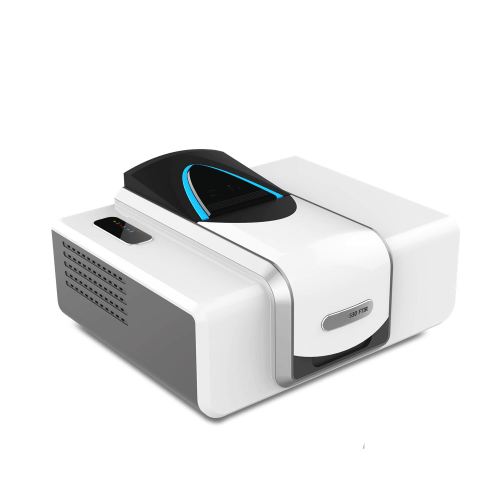
2. Performance and Sensitivity
The performance specifications of an FTIR spectrophotometer significantly impact its analytical capabilities. Consider the following performance factors:
- Resolution: Evaluate the instrument’s resolution, which determines its ability to distinguish closely spaced spectral features. Higher resolution is advantageous for applications that require fine spectral detail.
- Signal-to-Noise Ratio (SNR): SNR indicates the instrument’s ability to detect weak signals. A higher SNR ensures reliable and accurate data acquisition, particularly for low-concentration samples or trace analysis.
- Speed of Analysis: Assess the instrument’s data acquisition rate and scan speed. Faster scan speeds can enhance productivity in high-throughput environments.
- Sensitivity: Evaluate the instrument’s sensitivity for the desired application. Instruments with highly sensitive detectors, optimized optical components, or signal processing algorithms can provide improved sensitivity.
3. Software and Data Analysis
The software and data analysis capabilities of an FTIR spectrophotometer significantly impact its usability and efficiency. Consider the following aspects:
- User Interface and Ease of Use: The software should have an intuitive interface that simplifies instrument operation, data acquisition, and analysis. User-friendly software enhances productivity and reduces the learning curve.
- Data Processing and Analysis: Evaluate the software’s data processing and analysis capabilities. Look for features such as baseline correction, spectral subtraction, peak fitting, multivariate analysis, and compatibility with spectral libraries for compound identification.
- Customization and Flexibility: Consider whether the software allows customization of measurement parameters, analysis methods, and report generation to meet specific requirements.
- Data Compatibility and Export: Ensure that the software supports common file formats for data export and compatibility with other analytical software packages, facilitating seamless integration into existing workflows.
4. Maintenance and Support
Consider the long-term maintenance and support aspects of the instrument:
- Maintenance Requirements: Evaluate the instrument’s maintenance needs, including routine calibration, cleaning, and alignment procedures. Instruments with user-friendly maintenance features and clear documentation can streamline upkeep.
- Warranty and Service Contracts: Review the warranty period offered by the manufacturer and the availability of extended service contracts. Adequate warranty coverage and responsive technical support are essential for uninterrupted operation and timely troubleshooting.
- Manufacturer Reputation: Consider the manufacturer’s reputation for product quality, reliability, and customer support. Established manufacturers with a track record of producing robust instruments and offering responsive technical support are preferable.
By carefully considering these factors, you can select an FTIR spectrophotometer that aligns with your application needs, performance requirements, data analysis preferences, and long-term maintenance considerations.

